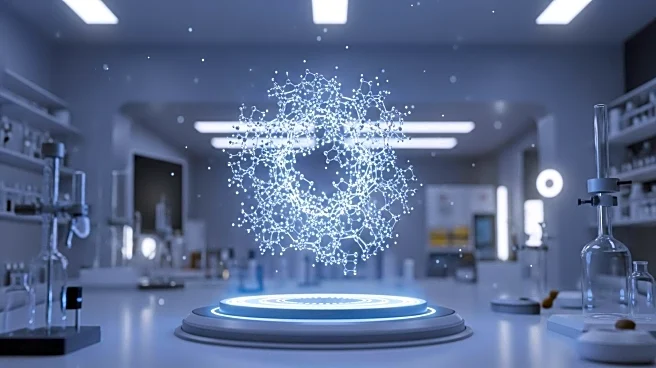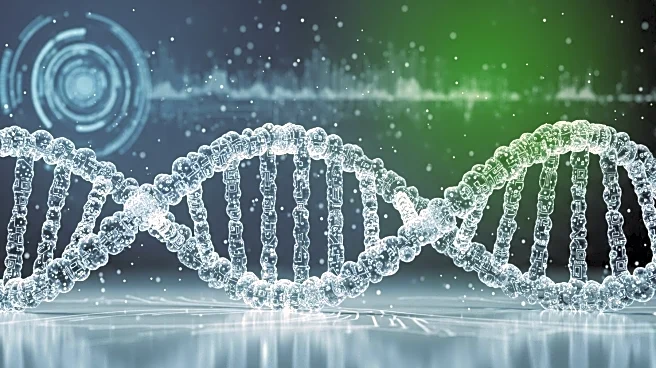What's Happening?
A study conducted at a single center has explored the effects of intradialytic hypotension (IDH) on children undergoing continuous renal replacement therapy (CRRT). The research focused on identifying hemodynamic phenotypes through unsupervised machine learning, analyzing data from 59 patients and 232 CRRT connections. IDH was defined as a sustained decrease in mean arterial pressure by more than 20% for at least two consecutive minutes. The study found that a higher burden of IDH was associated with major adverse kidney events at 30 days (MAKE30). Two distinct mean arterial pressure trajectory phenotypes were identified, showing different incidences of MAKE30.
Why It's Important?
The findings highlight the significance of monitoring and managing IDH in pediatric patients undergoing CRRT, as it is linked to poor outcomes. Understanding the hemodynamic phenotypes can aid in tailoring treatment strategies to improve patient prognosis. This research underscores the potential of machine learning in enhancing clinical decision-making and optimizing therapy for critically ill children. The study's insights could lead to better management protocols and improved survival rates for pediatric patients with severe kidney conditions.
What's Next?
Further research may focus on developing predictive models to anticipate IDH occurrences and mitigate their impact on patient outcomes. Healthcare providers might consider integrating machine learning tools into clinical practice to enhance monitoring and treatment strategies. Additionally, the study could prompt discussions on revising guidelines for CRRT in pediatric care, emphasizing the importance of personalized treatment plans based on identified phenotypes.











